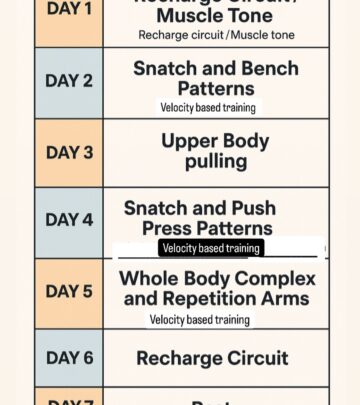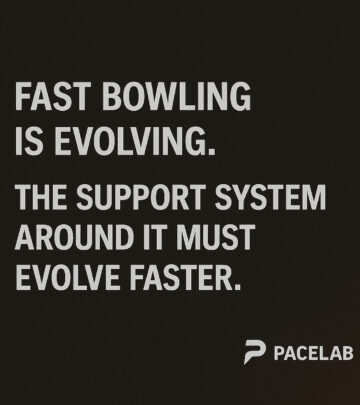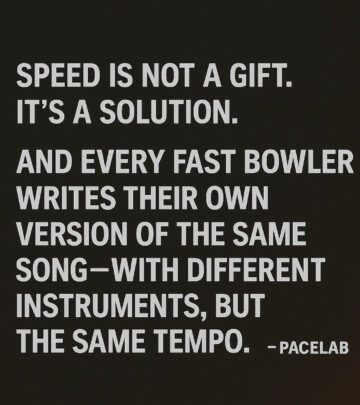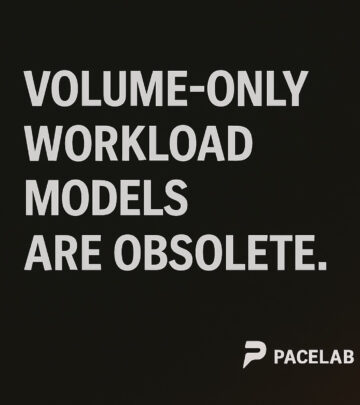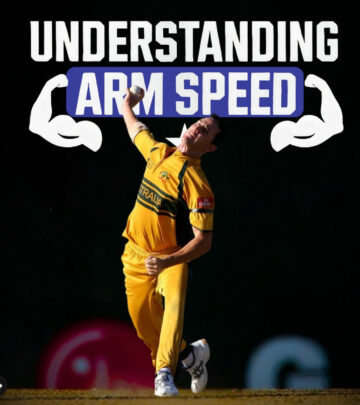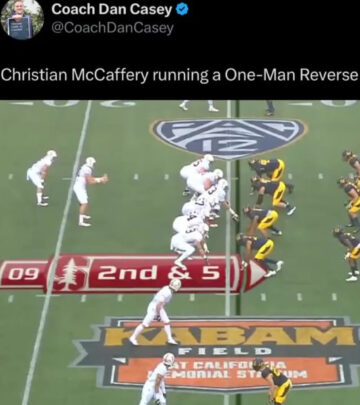PaceLab Unveils 1080motion Sprint Manual For Fast Bowling
Revolutionizing cricket training with tailored load profiles, overload protocols, drills.
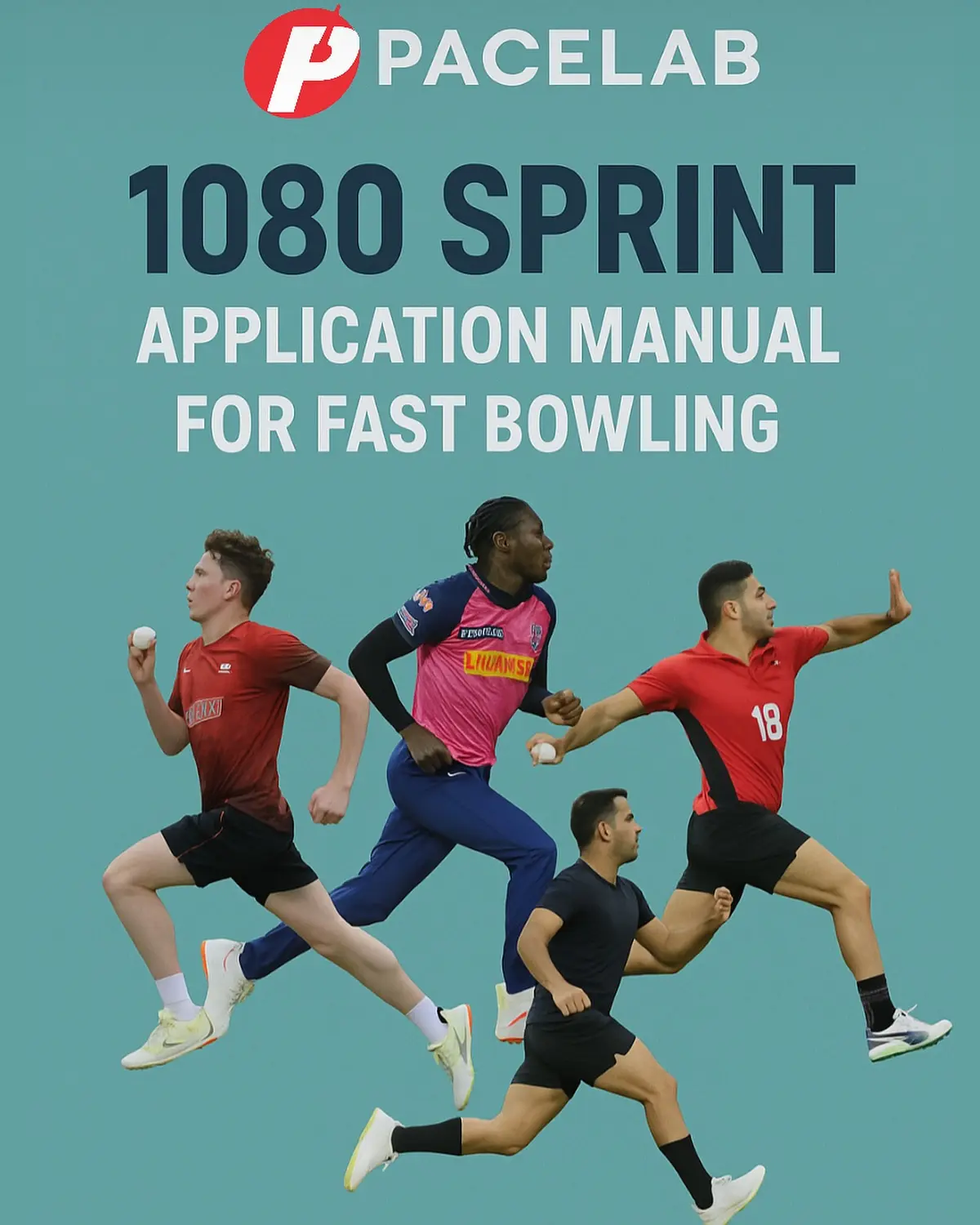
Image: Instagram
Cricket coaching is about to take a giant leap forward as PaceLab prepares to launch its highly anticipated 1080motion Sprint Application Manual for fast bowling. This cutting-edge resource is designed for coaches and athletes alike, providing a science-backed approach to optimizing fast bowling techniques by integrating biomechanics, technology, and tailored training protocols. Fans and professionals can expect a meticulously structured manual that promises to merge sprint technology with bowling mechanics, ultimately redefining the fast bowling preparation process.
Key Features Unveiled
The manual includes a host of innovative components that are set to elevate training regimens. Among these are load-velocity profiling templates that help capture sprint force and velocity curves to individualize bowling-specific training. The resource introduces overload protocols aimed at bolstering sprint-based power and resistance programming. These protocols are specially designed to target impulse stride force, front foot contact efficiency, and the transfer of kinetic energy to ball velocity. Such detailed measurements and methodologies remove the guesswork from training, replacing it with precise, data-driven insights.
In addition, the manual offers skill drills focusing on coordination transfer. This section integrates 1080 Sprint-assisted and resisted drills that assist in enhancing approach speed, stride frequency, and the sequencing involved in back foot contact. Coaches and athletes will be able to refine their techniques in an environment where individuality is celebrated and standard drills are reimagined for peak performance.
Return-to-bowl And Fatigue Management
One particularly valuable feature of the manual is its phased approach to bowling-specific return-to-bowl progressions. Recognizing that injuries are a common setback in fast bowling, PaceLab’s manual provides a structured plan using 1080 technology to manage load manipulation and joint protection. With real-time data analysis, this approach serves as a blueprint for a safe and gradual return to high intensity, minimizing the risk of re-injury.
Closely linked to this is the inclusion of fatigue and load management strategies. Using real-time 1080 data alongside PL Proxy metrics, the manual explains how to autoregulate training intensity and frequency. This ensures that athletes keep their performance metrics at the optimal level throughout prolonged training weeks without succumbing to overtraining. Such a comprehensive approach is especially significant in today’s fast-paced sports environment, where the margin for error is minimal.
Connecting Sprint Outcomes To Bowling Mechanics
A standout aspect of the manual is its capability to link sprint outcomes directly to bowling mechanics through contextual sprint and bowl models. These models emphasize perception-action coupling and neuromechanical feedback, providing a clear demonstration of how improvements in sprint performance translate into enhanced on-field bowling performance. Profiling dashboards and weekly planner templates round out the toolset, giving coaches ready-to-use instruments for programming double sessions, planning high-low days, and executing peaking models effectively.
Veteran coach and prominent figure in fast bowling, Steffan Jones, whose experience spans decades in refining cricket training methodologies, has been an advocate for integrating technology into coaching. In his previous posts, he emphasized that volume-only workload models are outdated and that a science-based approach is the future of fast bowling. His endorsement underscores the significance of PaceLab’s novel approach which is set to help players achieve a transformation not just in technique but also in the underlying biomechanics that drive speed.
A New Era In Fast Bowling Training
The introduction of the 1080motion Sprint Application Manual marks a pivotal moment in cricket training. By converging sprint-assist technology with comprehensive training analytics, PaceLab aims to foster an environment where science and sport coalesce for optimal athlete development. The manual’s design encourages coaches to think differently—moving beyond traditional techniques and embracing a precise, customized, and data-grounded approach.
This resource is not merely an instructional guide—it is a paradigm shift. In a sport where milliseconds and minute movements count, every detail matters. The incorporation of overload protocols, fatigue management strategies, and return-to-bowl progressions means that fast bowlers can now manage their workload with unprecedented clarity, potentially extending playing careers while maximizing performance during peak periods.
Furthermore, the profiling tools and planning templates offered in the manual are set to become indispensable for regions where cricket is evolving rapidly. They empower club coaches and elite training academies alike, allowing everyone to benefit from the technological advancements typically reserved for top-tier teams. As PaceLab positions itself at the intersection of sports science and coaching, its manual is a testament to how innovation can transform the traditionally intuitive art of fast bowling into a discipline as scientific as it is athletic.
Ultimately, the upcoming launch of PaceLab’s 1080motion Sprint Application Manual heralds a future where fast bowling is fine-tuned not only by natural talent and traditional coaching but also by state-of-the-art technology and real-time data insights. This blend of art and science is set to become the new standard for fast bowling development, offering exciting possibilities for athletes and coaches aiming for sustained excellence on the cricket field.
Read full bio of Joyce



